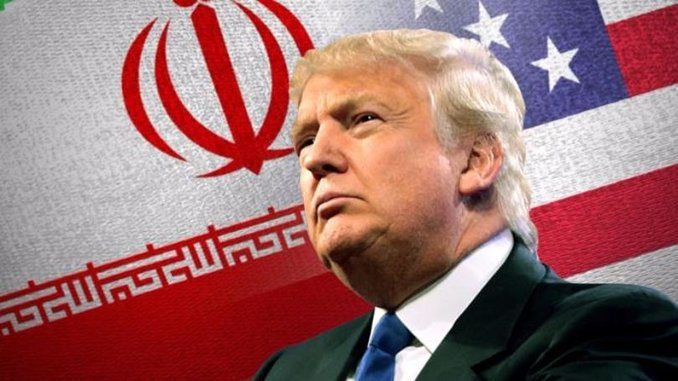
Throughout the years all that fighting in Iran took a different path, from opposing and different parts of the war-torn Levant, parties, and groups linked up in a meeting that ended a long nightmare.
Now, Iran and its allies control the territory from the northern end of the Arab world to the Mediterranean Sea. Besides marking Iran’s resurgence, the meeting also marked the failure of the American foreign policy.
President Donald Trump unintentionally contributed to the Islamic Republic’s rise when he vowed to undo Obama’s steps towards harmonious relations in this part of the world.
Although the U.S. military’s actions were critical in defeating ISIS as Trump promised, the U.S. policy regarding this region was not successful and unintentionally played into the benefits of U.S. enemies.
Not long ago, Donald Trump recognized Jerusalem as the capital of Israel even though US Arab allies Saudi Arabia and Jordan publicly advised against it.
The controversy regarding the Jerusalem recognition thickened when the United Nations dismissed Trump’s decision and declared it “null and void”.
Palestinian President Mahmoud Abbas commented “the US has chosen to relinquish its competence as mediator and to disqualify itself from playing a role in the peace process. We shall not accept any role for the United States in the peace process. They’ve proven their full bias in favor of Israel.”
Ironically, last May, Mahmoud Abbas was standing next to President Donald Trump in the White House and said to him, “With you we have hope.”
Responsible for Trump’s Middle East policies is his son-in-law, Jared Kushner, who was previously a co-director of a foundation that was funding the Israeli settlements in Jerusalem that were condemned as illegal under international law.

Be the first to comment